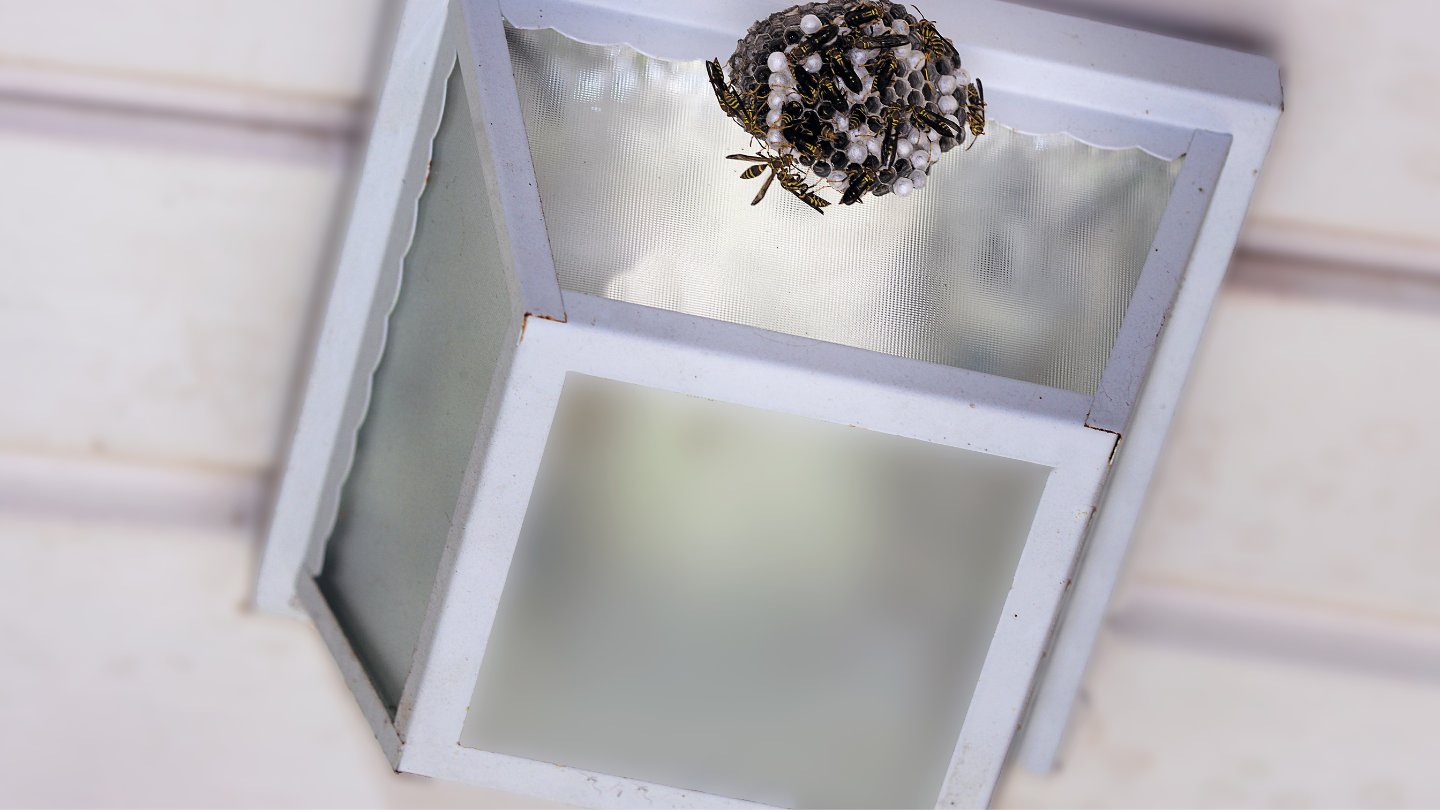

Articles
How To Get Rid Of Bees On Porch
Modified: October 20, 2024
Learn effective methods and strategies to safely remove bees from your porch with these informative articles. Don't let bees ruin your outdoor experience!
(Many of the links in this article redirect to a specific reviewed product. Your purchase of these products through affiliate links helps to generate commission for Storables.com, at no extra cost. Learn more)
Introduction
Having a porch is a wonderful way to enjoy the outdoors and relax in the comfort of your own home. However, when bees invade your porch space, it can quickly turn into a buzzing and potentially dangerous situation. Bees are important pollinators and play a crucial role in our ecosystem, but their presence on your porch can be challenging and even life-threatening for those with allergies.
In this article, we will guide you through the process of getting rid of bees on your porch safely and effectively. We’ll share tips on identifying the type of bees you’re dealing with, understanding what attracts them to your porch, and steps you can take to remove the attractants and repel the bees. We’ll also suggest creating a bee-friendly area away from your porch to encourage them to relocate without harming them.
Before we dive into the details, it’s important to emphasize that bees are valuable creatures we should try to protect. If you don’t have an allergy or immediate threat, consider leaving the bees undisturbed or contacting a local beekeeper who may be able to safely relocate them.
Now, let’s explore the different steps you can take to get rid of bees on your porch and regain your space while ensuring the well-being of these important pollinators.
Key Takeaways:
- Embrace a balanced approach to bee removal by identifying, addressing attractants, implementing repellents, and creating bee-friendly areas, ensuring the well-being of bees while reclaiming your porch space.
- Prioritize safety and ethical bee removal by seeking professional help for hive removal, severe allergies, large infestations, or structural damage, promoting a humane resolution to bee issues.
Read more: How To Get Rid Of Bees In Eaves
Understanding Bees on Your Porch
Before taking any steps to remove bees from your porch, it’s important to understand their behavior and why they may be attracted to your space. Bees are naturally drawn to areas that provide them with shelter, food sources, and water. Your porch may offer these attractive features, making it a prime location for bees to gather.
Bees are typically classified into two broad categories: honey bees and solitary bees. Honey bees live in colonies and often build their hives in tree cavities or other enclosed spaces. Solitary bees, on the other hand, do not live in colonies and each female constructs her own nest in the ground or other small spaces. Both types of bees can be found on porches, but honey bees are more likely to build their hives in or around your home.
When bees are on your porch, it’s important to determine whether they are simply foraging for food or if they have established a hive. If you observe bees coming and going from a specific area of your porch, it’s a sign that they may have built a hive nearby.
It’s also crucial to differentiate between bees and other stinging insects like wasps or hornets. While bees typically have rounder, fuzzier bodies and are less aggressive, wasps and hornets have slender bodies and can be more aggressive and territorial. Understanding the specific type of bee you’re dealing with will help inform your approach to bee removal.
Now that you have a better understanding of bees on your porch, let’s move on to the next step: identifying the type of bees you’re dealing with. This will help you determine the best course of action to safely remove them from your porch.
Step 1: Identify the Type of Bee
When it comes to dealing with bees on your porch, the first step is to identify the type of bee you’re dealing with. This will help you determine the best approach for removal and ensure your safety as well as the well-being of the bees.
As mentioned earlier, there are two main types of bees that you may encounter on your porch: honey bees and solitary bees. Honey bees are social insects that live in large colonies and are responsible for honey production. They are generally larger in size and have distinctive black and yellow stripes. Honey bees are more likely to build their hives in or around your porch, especially in protected areas such as eaves or wall cavities.
Solitary bees, on the other hand, are non-aggressive bees that build their nests alone. They can be found in various types, including mason bees, carpenter bees, and leafcutter bees. Solitary bees are typically smaller in size than honey bees and may not have the same distinctive black and yellow stripes. They tend to create nests in natural materials such as wood or soft soil, rather than building elaborate hives.
To identify the type of bee on your porch, take note of their physical characteristics, such as size, color patterns, and behavior. Observe their flight patterns and whether they are entering and exiting a specific area, which may indicate the presence of a hive.
If you’re unsure about the type of bee you’re dealing with, consider reaching out to a local beekeeper or pest control professional. They have the expertise to properly identify the bees and provide guidance on how to proceed.
Once you have identified the type of bee, you can move on to the next step: determining the attractants on your porch that may be drawing the bees to your space.
Step 2: Determine the Attractants on Your Porch
After identifying the type of bee on your porch, the next step is to determine what might be attracting them to your space. Bees are drawn to specific factors that provide them with food sources, shelter, or water. By identifying and addressing these attractants, you can help discourage bees from gathering on your porch.
Here are some common attractants that may be present on your porch:
- Flowers and plants: Bees are attracted to the nectar and pollen produced by flowers. If you have flowering plants on your porch, they may be attracting bees. Consider relocating these plants to a different area of your yard, away from your porch.
- Food and drink: Spilled food or sugary drinks can attract bees. Make sure to clean up any food debris or spills promptly and avoid leaving out open containers of sugary substances.
- Water sources: Bees need access to water, so if you have a water feature or open containers of water on your porch, they may be drawn to it. Consider removing or covering these water sources to discourage bees from gathering.
- Shelter and nesting sites: Bees may be attracted to structures on your porch that provide shelter or potential nesting sites. Check for any cracks, crevices, or openings that bees could use to build their nests.
By identifying and addressing these attractants, you can make your porch less appealing to bees. Removing or minimizing these factors will help deter bees from gathering on your porch and encourage them to seek alternative locations.
Once you have addressed the attractants on your porch, proceed to the next step: removing the attractants to discourage bees from staying on your porch.
Step 3: Remove Attractants
Now that you have identified the attractants on your porch that may be drawing bees, it’s time to remove or minimize them to discourage bees from staying in your space. By eliminating these attractants, you can make your porch less enticing to bees and encourage them to seek out other locations.
Here are some steps you can take to remove attractants from your porch:
- Clean up food and drink spills: Be diligent about cleaning up any food or drink spills on your porch. Bees are attracted to sugary substances, so make sure to promptly remove any traces of spilled food or drinks.
- Relocate flowers and plants: If you have flowering plants on your porch, consider moving them to a different area of your yard, away from your porch. This will help minimize the nectar and pollen sources that attract bees.
- Eliminate water sources: Bees need access to water, so remove or cover any open containers of water on your porch. Additionally, if you have a water feature on your porch, consider turning it off temporarily or adding a fine mesh cover to prevent bees from accessing the water.
- Seal cracks and openings: Inspect your porch for any cracks, crevices, or openings that bees could use as potential nesting sites. Seal these openings to prevent bees from establishing their nests on or near your porch.
By taking these steps to remove the attractants, you are making your porch less hospitable to bees. However, it’s important to note that some attractants, such as flowers and plants, may be desirable and beneficial for other pollinators. Consider finding alternative locations for these plants where they can still attract pollinators without interfering with your porch space.
With the attractants removed, you can now move on to the next step: implementing bee repellents to further discourage bees from staying on your porch.
Seal any cracks or openings on the porch to prevent bees from building nests. Use a mixture of water and dish soap to spray and deter bees from the area. If the problem persists, consider contacting a professional pest control service.
Read more: How To Get Rid Of Bees In The Grass
Step 4: Implement Bee Repellents
While it’s important to remember that bees are crucial pollinators and should be protected, there are times when it becomes necessary to implement bee repellents to discourage them from staying on your porch. Bee repellents can help create an environment that is less attractive to bees, without causing harm to them or other beneficial insects.
Here are some bee repellent methods you can try:
- Natural deterrents: Certain scents and essential oils are known to repel bees. Consider placing cinnamon sticks, cloves, or citronella candles on your porch to help deter bees. The strong smell of these natural deterrents can discourage bees from lingering in the area.
- Decoys: Use visual decoys such as fake wasp nests or bee decoys to trick bees into thinking there is already a colony established on your porch. Bees are territorial and will avoid areas where other colonies are present.
- Peppermint spray: Create a peppermint spray by mixing water and peppermint essential oil. Spray this mixture around the perimeter of your porch to create a barrier that bees are less likely to cross.
- Vinegar solution: Mix equal parts water and white vinegar, and spray the solution on surfaces of your porch. The strong scent of vinegar can help deter bees.
When using bee repellents, it’s crucial to follow the instructions and use them responsibly. Keep in mind that repellents might not be 100% effective, especially if there is a strong attraction or infestation on your porch. In such cases, you may need to explore alternative solutions or seek professional help.
Implementing bee repellents is just one step in the process of getting rid of bees on your porch. In the next step, we will discuss creating a bee-friendly area away from your porch as an alternative location for them to thrive.
Step 5: Create a Bee-Friendly Area Away from Your Porch
Creating a bee-friendly area away from your porch can help redirect bees to a more suitable location where they can thrive without causing inconvenience or potential harm to you and your family. By providing an alternative habitat for bees, you can encourage them to relocate naturally, while still supporting their important role as pollinators.
Here are some steps you can take to create a bee-friendly area:
- Plant bee-friendly flowers and plants: Select a designated area in your yard away from your porch and plant a variety of bee-friendly flowers and plants. Choose native species that provide nectar and pollen throughout the growing season. This will attract bees and provide them with the resources they need for survival.
- Provide water sources: Bees require access to water for hydration. Set up a shallow water dish with rocks or marbles in your bee-friendly area to create a safe drinking spot for bees. Ensure the water level is low enough to prevent accidental drowning.
- Provide nesting sites: Many solitary bee species require nesting sites to lay their eggs. Create bee-friendly habitats by leaving patches of bare soil, providing small nesting boxes or bee hotels, or leaving hollow reeds or bamboo stems for bees to utilize as nesting sites.
- Avoid using pesticides: Pesticides can be harmful to bees and other beneficial insects. Instead, opt for organic gardening practices and natural pest control methods to maintain a healthy environment for bees.
- Monitor and observe: Once you have set up your bee-friendly area, monitor the activity and observe the bees. This can help you appreciate their important work as pollinators and ensure that they are thriving in their new habitat.
Creating a bee-friendly haven away from your porch not only benefits the bees but also enhances the biodiversity of your yard. Bees play a crucial role in pollinating plants, which in turn supports the growth of fruits, vegetables, and flowers.
As you create a bee-friendly area, it’s essential to maintain a balance between providing a habitat for bees and keeping them away from your porch. With a designated bee-friendly zone, you are encouraging bees to relocate naturally while respecting their role in the ecosystem.
If steps 1 to 5 haven’t effectively resolved the issue, it may be necessary to seek professional help. In the next step, we will discuss when and how to seek assistance from experts in bee removal.
Step 6: Seek Professional Help if Necessary
While attempting to handle bee infestations or colonies on your porch is not recommended, there may be situations where seeking professional help becomes necessary. Professional beekeepers or pest control experts have the knowledge and experience to safely and effectively remove bees from your porch without causing harm to you or the bees. Here are some scenarios where professional help may be warranted:
- Hive removal: If you have identified a beehive on your porch or in a nearby location, it is best to contact a professional beekeeper or bee removal service. They have the expertise and equipment to safely remove the hive and relocate the bees to a more suitable location.
- Allergic reactions: If you or someone in your household has a severe bee allergy, attempting to handle the situation on your own can be dangerous. Professional help should be sought immediately to ensure the safety and well-being of everyone involved.
- Large infestations: If the number of bees on your porch is overwhelming and poses a significant problem, it’s best to consult a professional. They can assess the situation, determine the extent of the infestation, and provide appropriate recommendations for removal.
- Structural damage: If bees have caused structural damage to your porch or home, it’s crucial to consult professionals who can safely remove the bees and assess and repair any damage caused by their presence.
Professional beekeepers and pest control experts have the necessary tools, knowledge, and experience to handle bee-related issues effectively and ethically. They can provide guidance on the best approach, whether it’s removing a hive, relocating bees, or implementing hive management strategies.
Remember, it’s important to prioritize the safety of yourself, your family, and the bees. Seeking professional help when needed ensures a safe and humane resolution to the bee issue on your porch.
With the completion of step 6, you have now learned the necessary steps to get rid of bees on your porch while promoting a bee-friendly environment. Let’s summarize what we have covered in the next section.
Conclusion
Dealing with bees on your porch can be a challenging situation, but by following the steps outlined in this article, you can safely and effectively address the issue. It’s important to remember that bees are crucial pollinators and play a vital role in our ecosystem. Whenever possible, consider leaving the bees undisturbed or contacting a local beekeeper who can safely relocate them.
In summary, here are the steps to get rid of bees on your porch:
- Identify the type of bee you’re dealing with, whether it’s honey bees or solitary bees.
- Determine the attractants on your porch that may be drawing bees and take steps to remove or minimize them.
- Clean up food and drink spills, relocate flowers and plants if necessary, eliminate water sources, and seal any cracks or openings.
- Implement bee repellents, such as natural deterrents, visual decoys, peppermint spray, or vinegar solutions.
- Create a bee-friendly area away from your porch by planting bee-friendly flowers and plants, providing water sources, and offering nesting sites.
- Seek professional help if necessary, especially in cases of hive removal, severe allergies, large infestations, or structural damage.
By following these steps, you can address the bee issue on your porch in a responsible and humane manner. Remember, the goal is to strike a balance between enjoying your porch space and promoting the well-being of bees and other beneficial insects.
It is important to note that beekeeping laws and regulations may vary in different regions. Always be aware of local guidelines and restrictions when dealing with bees or seeking professional help.
Finally, consider embracing a mindset of coexistence with bees and other pollinators. Creating a bee-friendly environment in your yard can not only benefit these important insects but also contribute to a healthier and more sustainable ecosystem for all.
Just cleared your porch of bees? Keep that momentum going by tackling another common household nuisance. Our guide on pest control will show you how to rid your pantry of moths, ensuring your food stays fresh and pest-free. Once your indoor spaces are secure, why not enhance your outdoor area too? Discover tips on outdoor living that can transform your deck into a vibrant space for relaxation and entertainment. Both articles offer practical advice that’s easy to follow, perfect for making your home more enjoyable.
Frequently Asked Questions about How To Get Rid Of Bees On Porch
Was this page helpful?
At Storables.com, we guarantee accurate and reliable information. Our content, validated by Expert Board Contributors, is crafted following stringent Editorial Policies. We're committed to providing you with well-researched, expert-backed insights for all your informational needs.
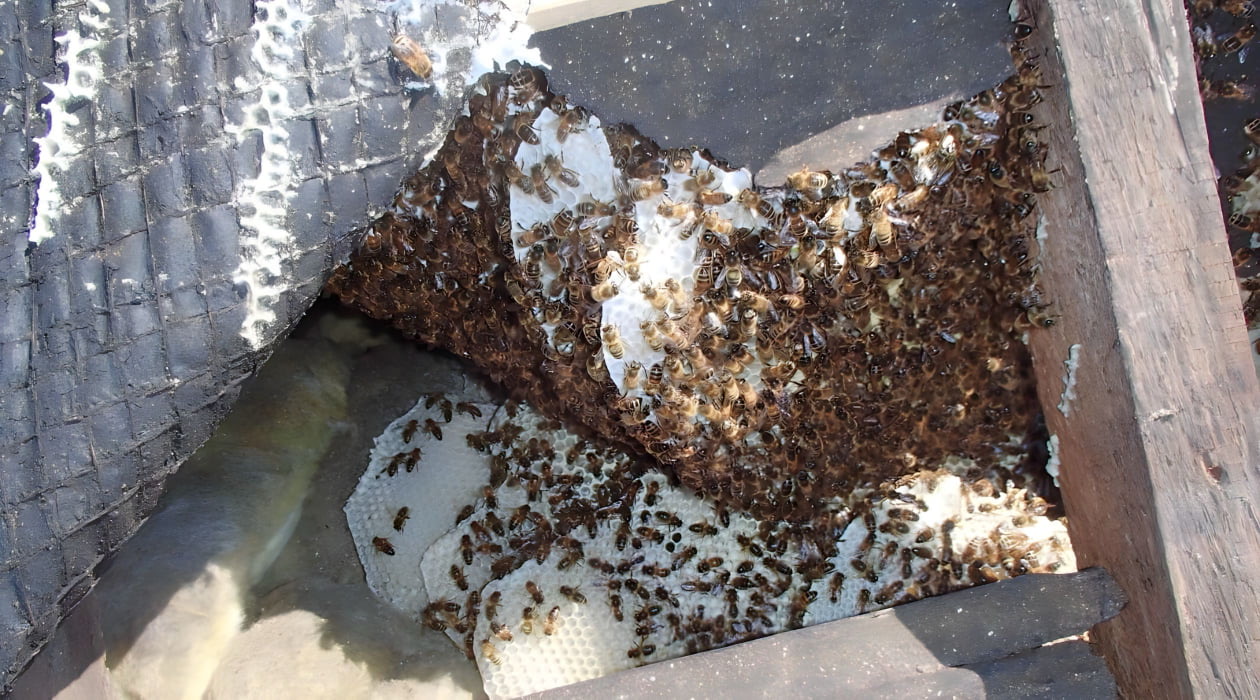
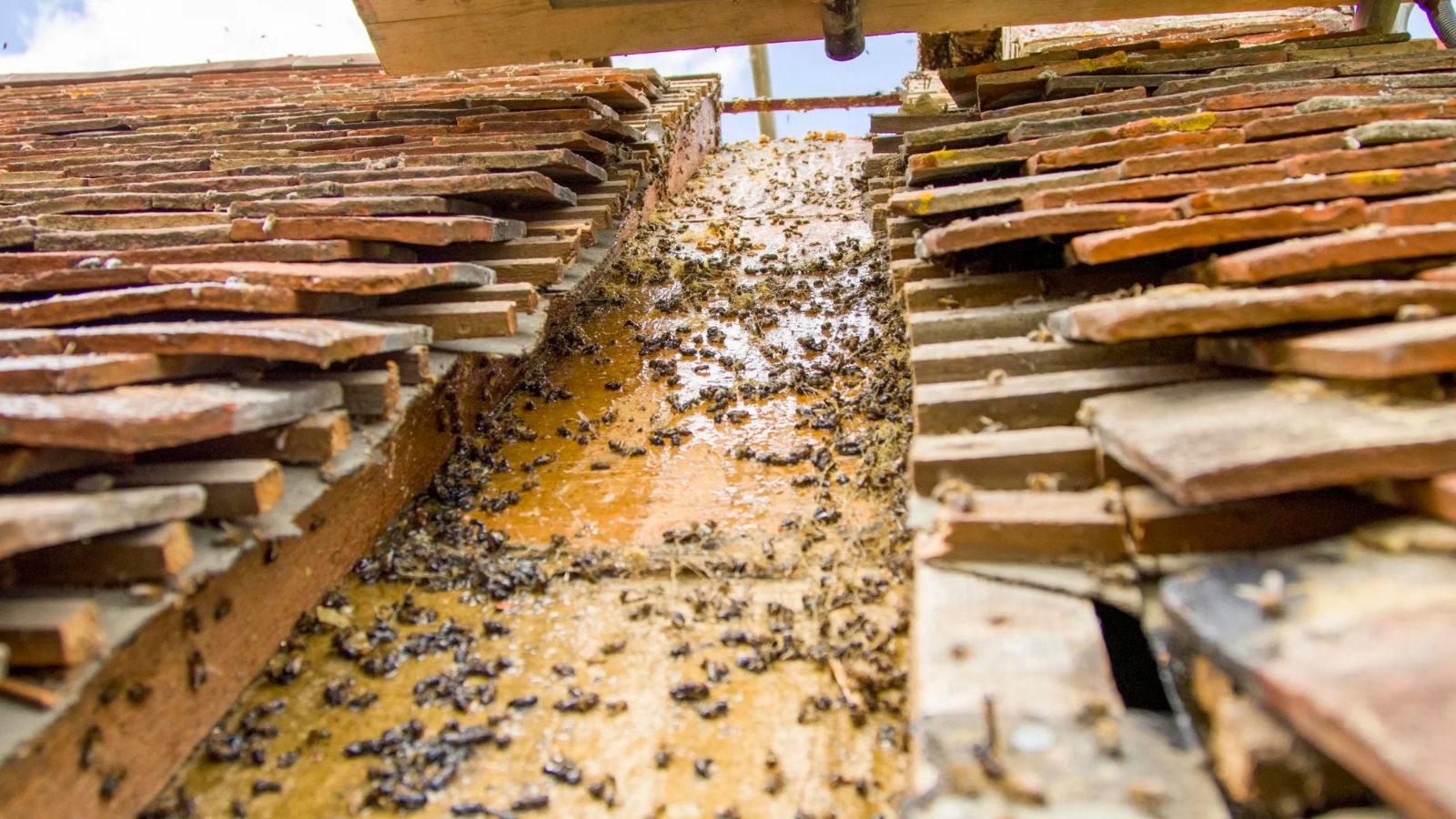
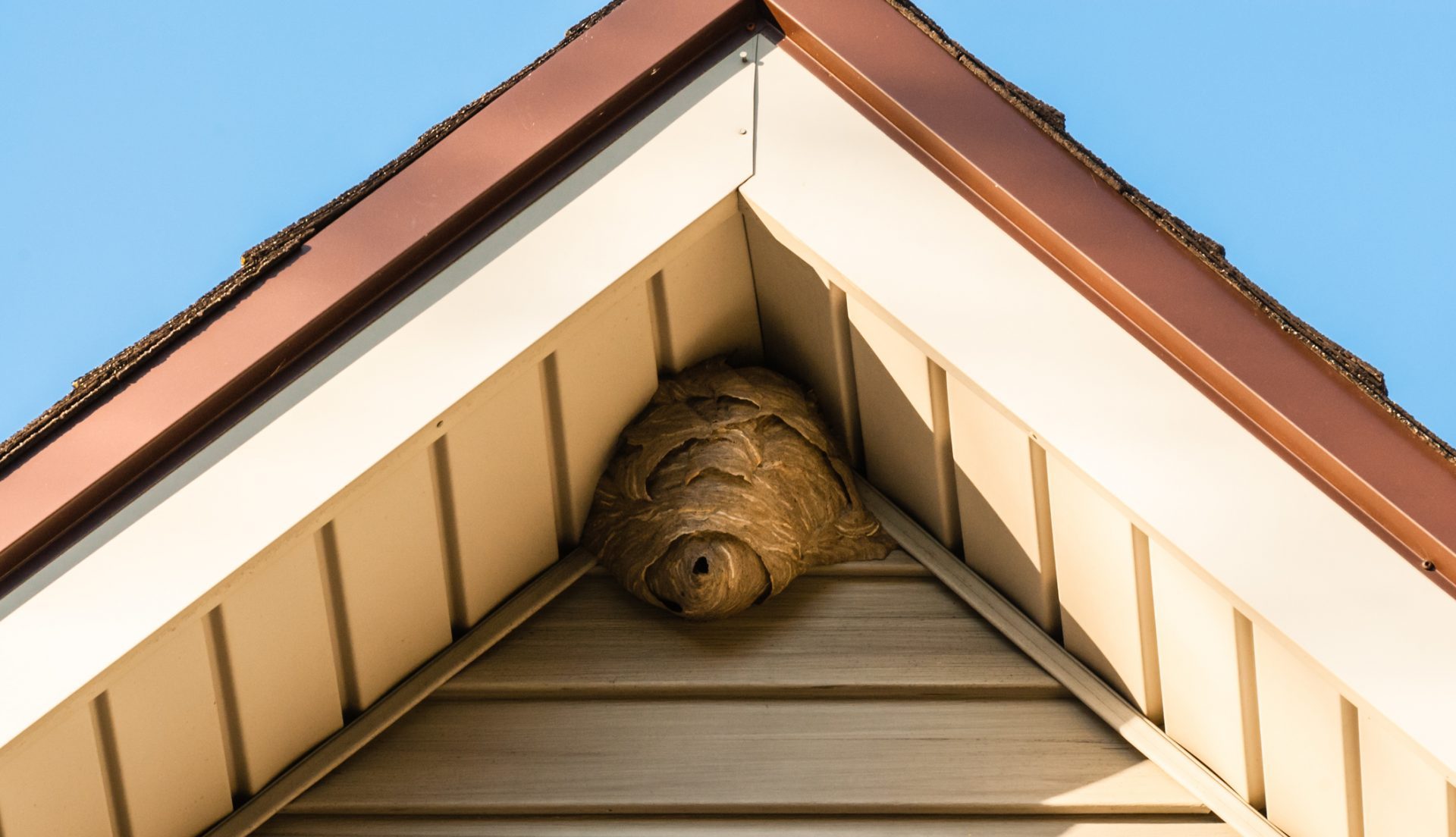
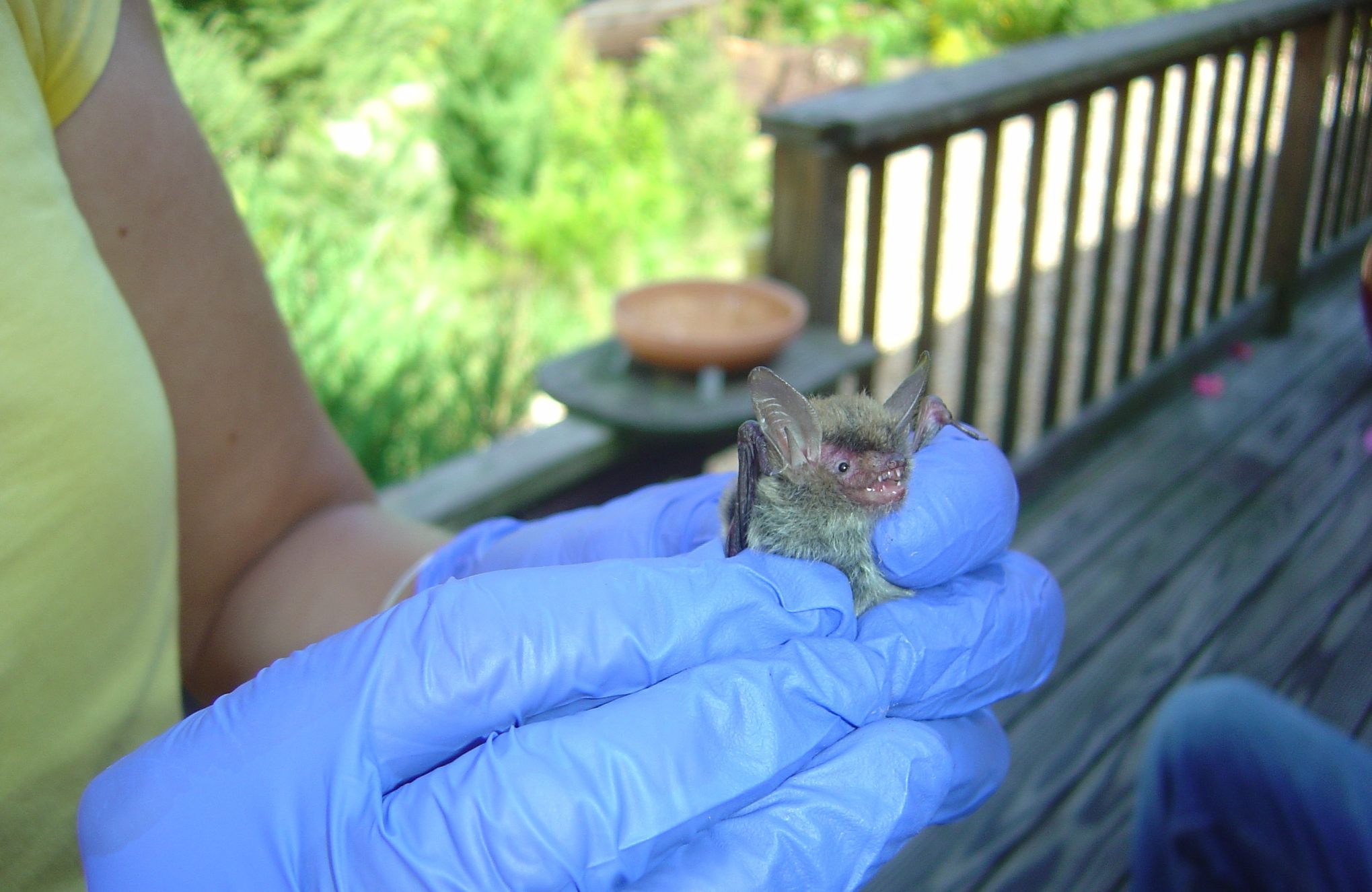
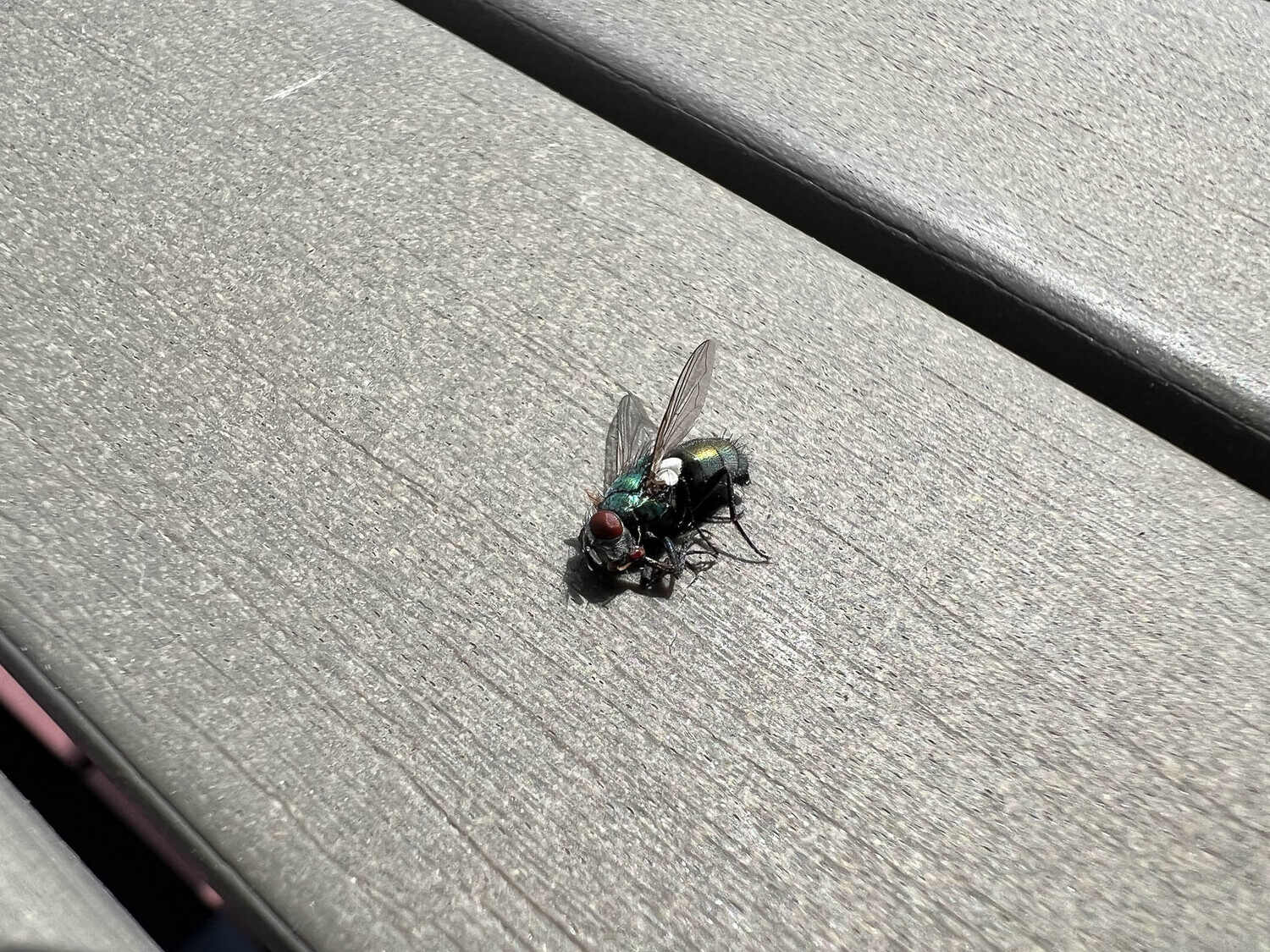
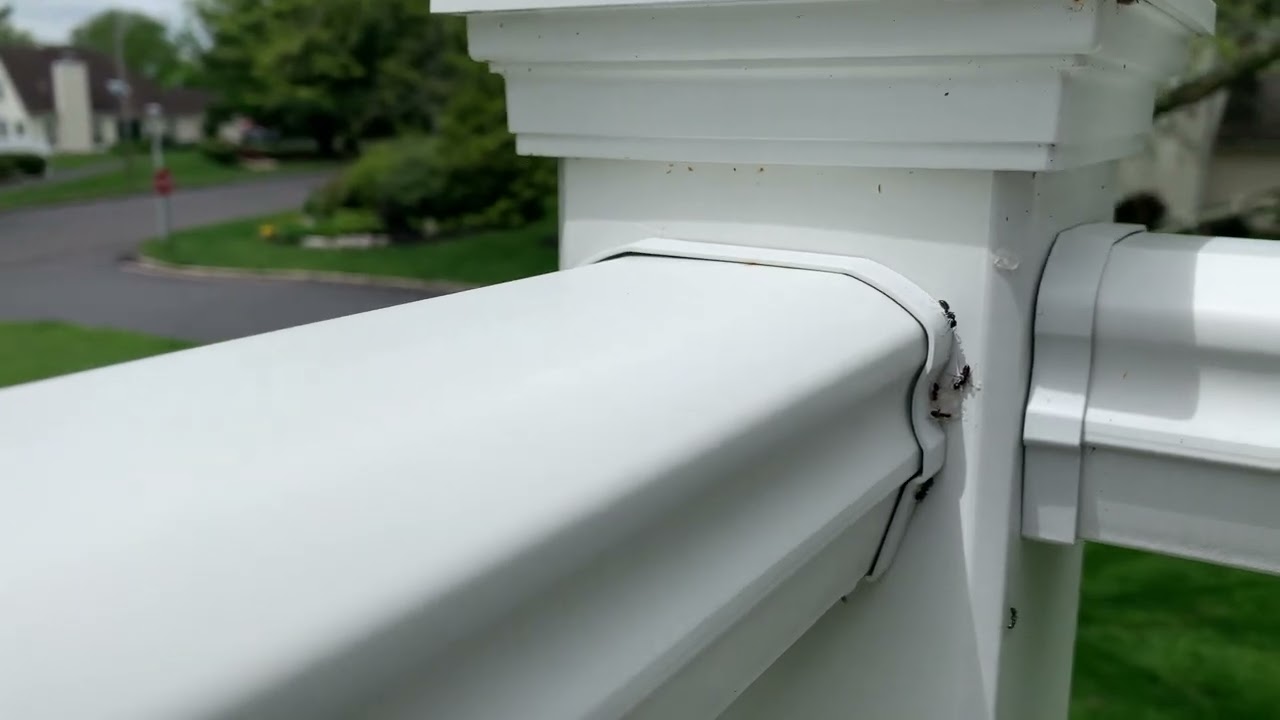
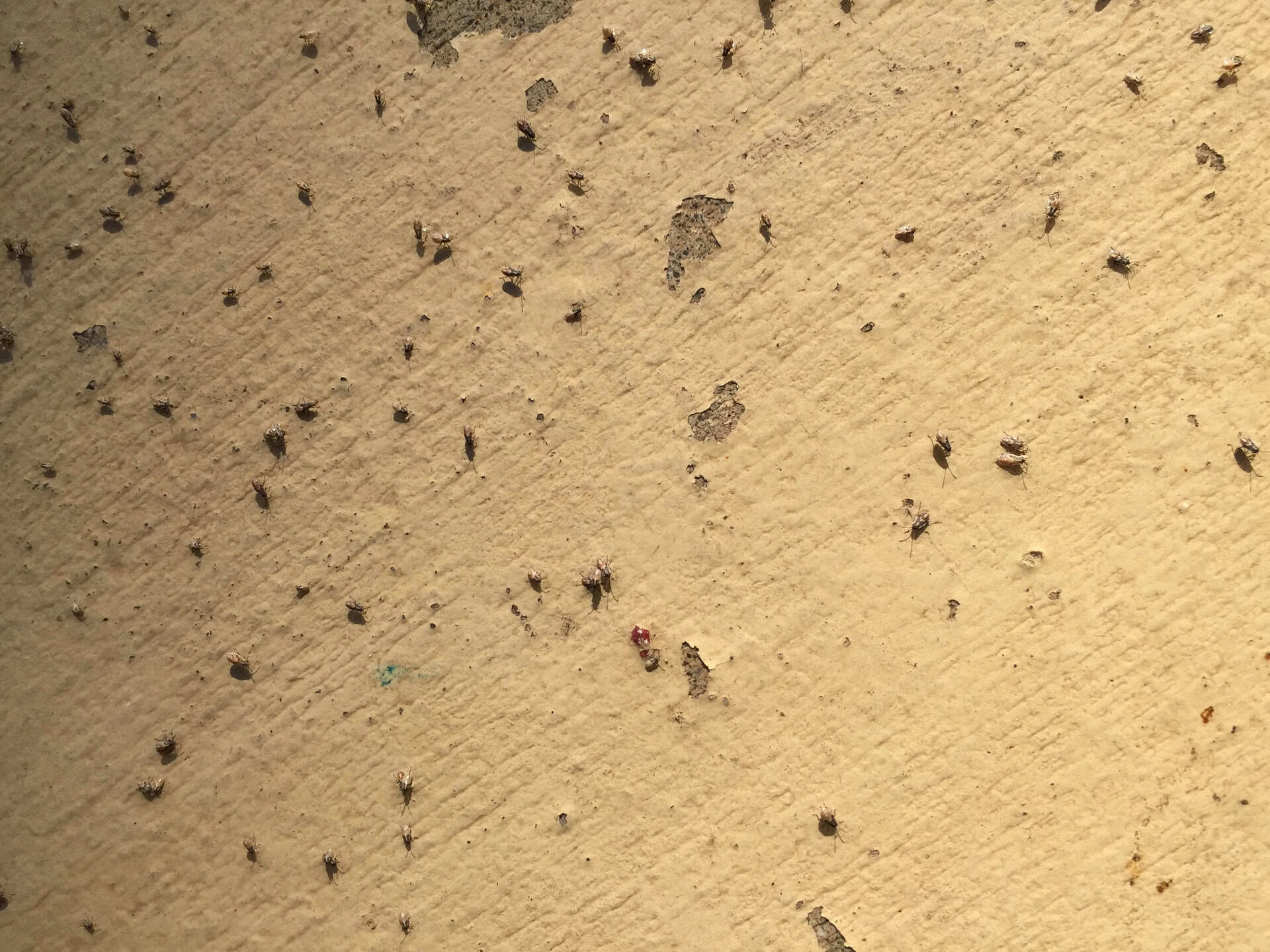
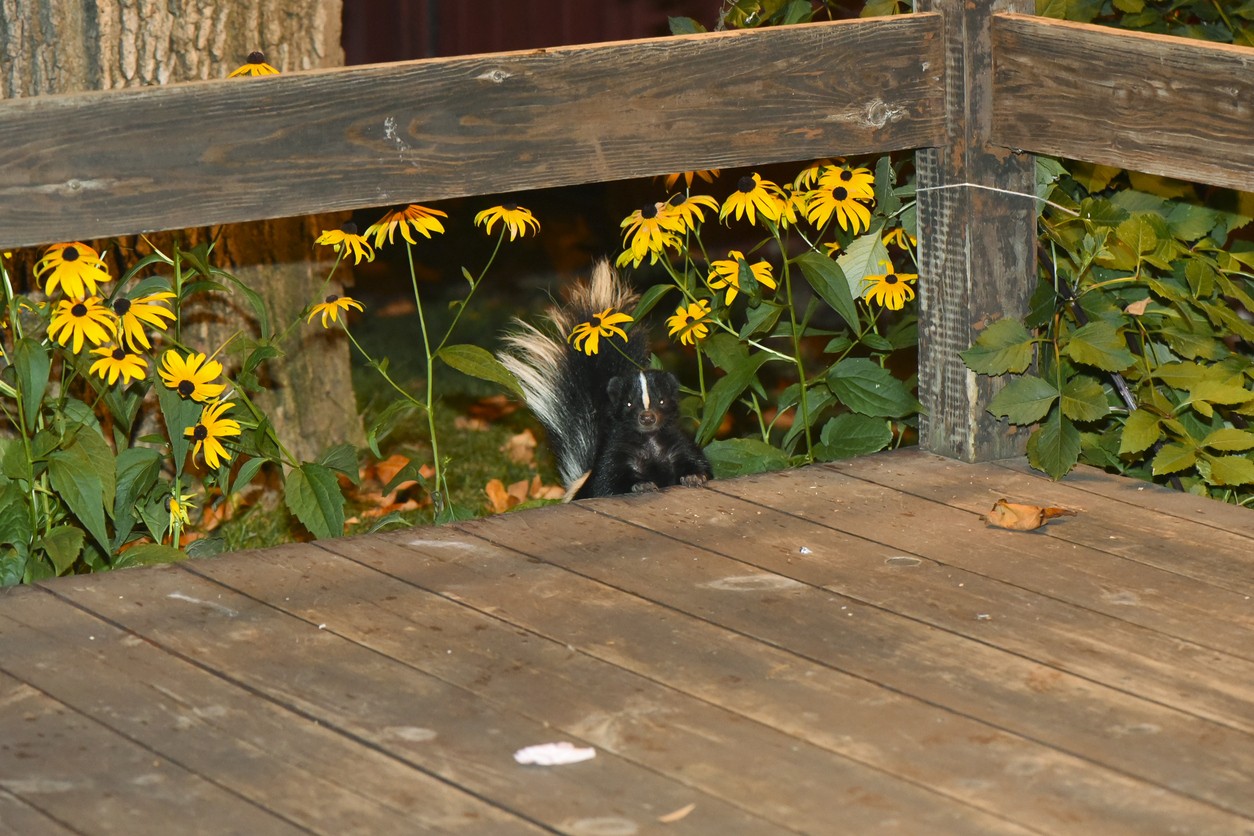
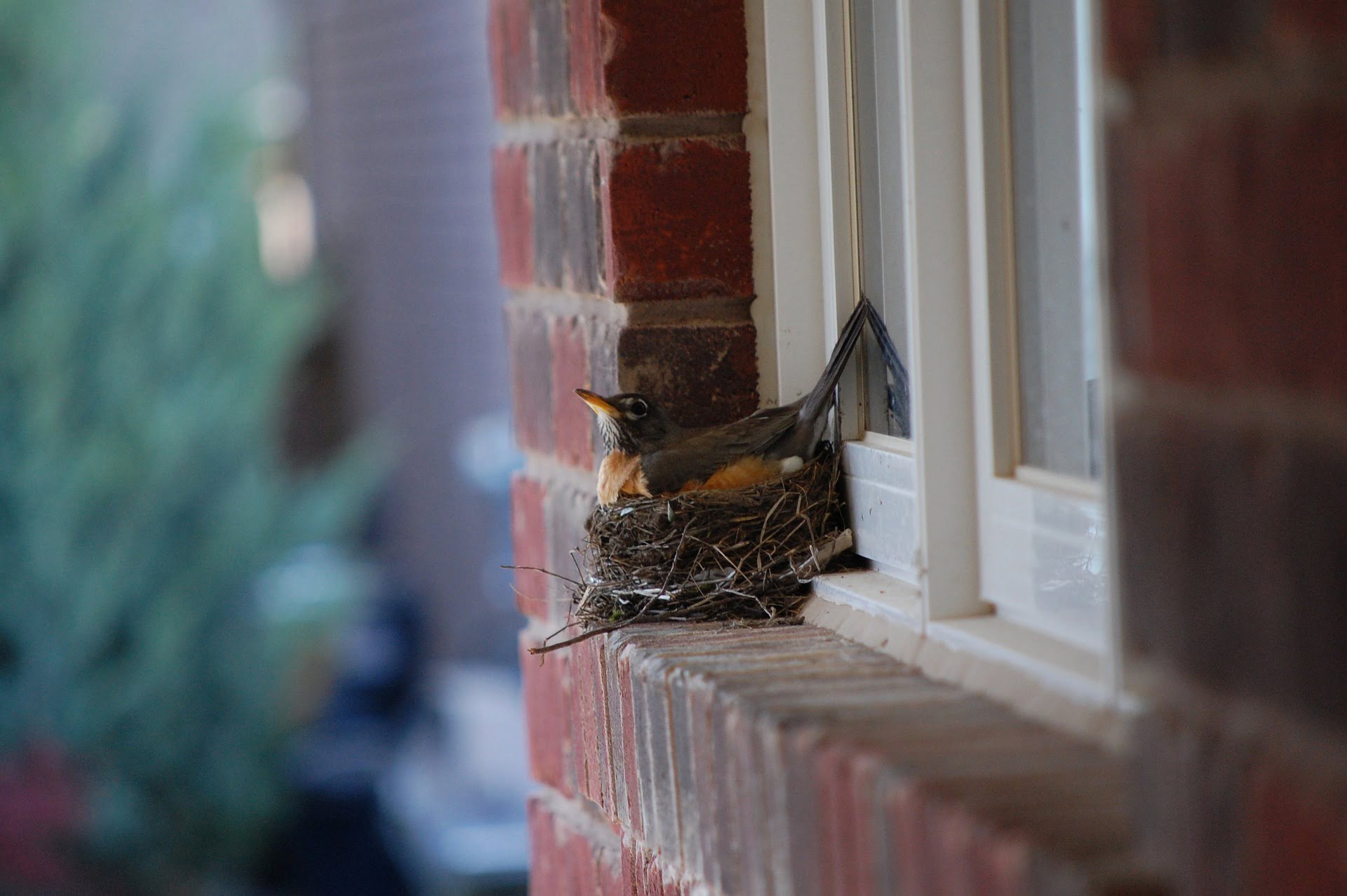
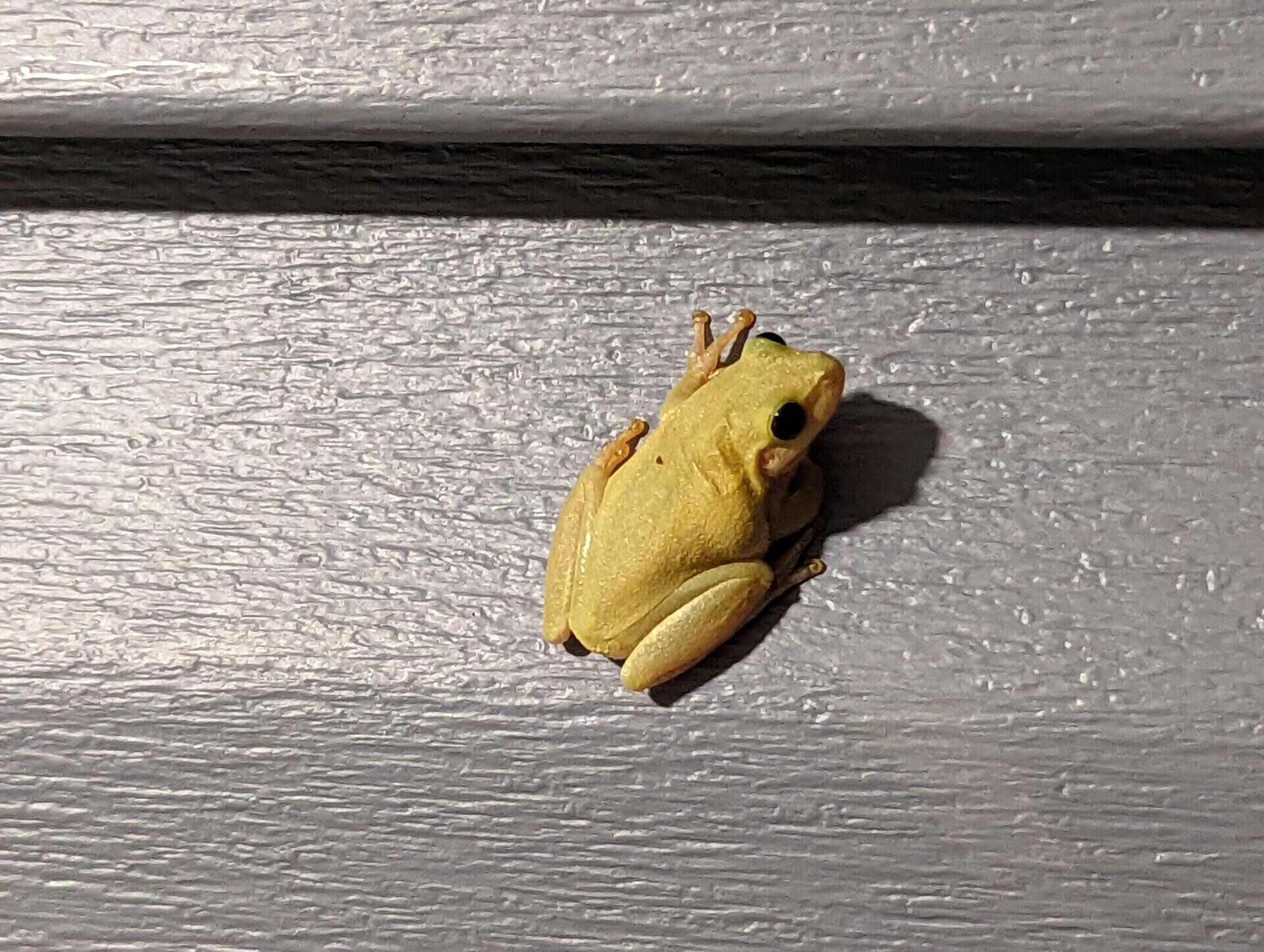
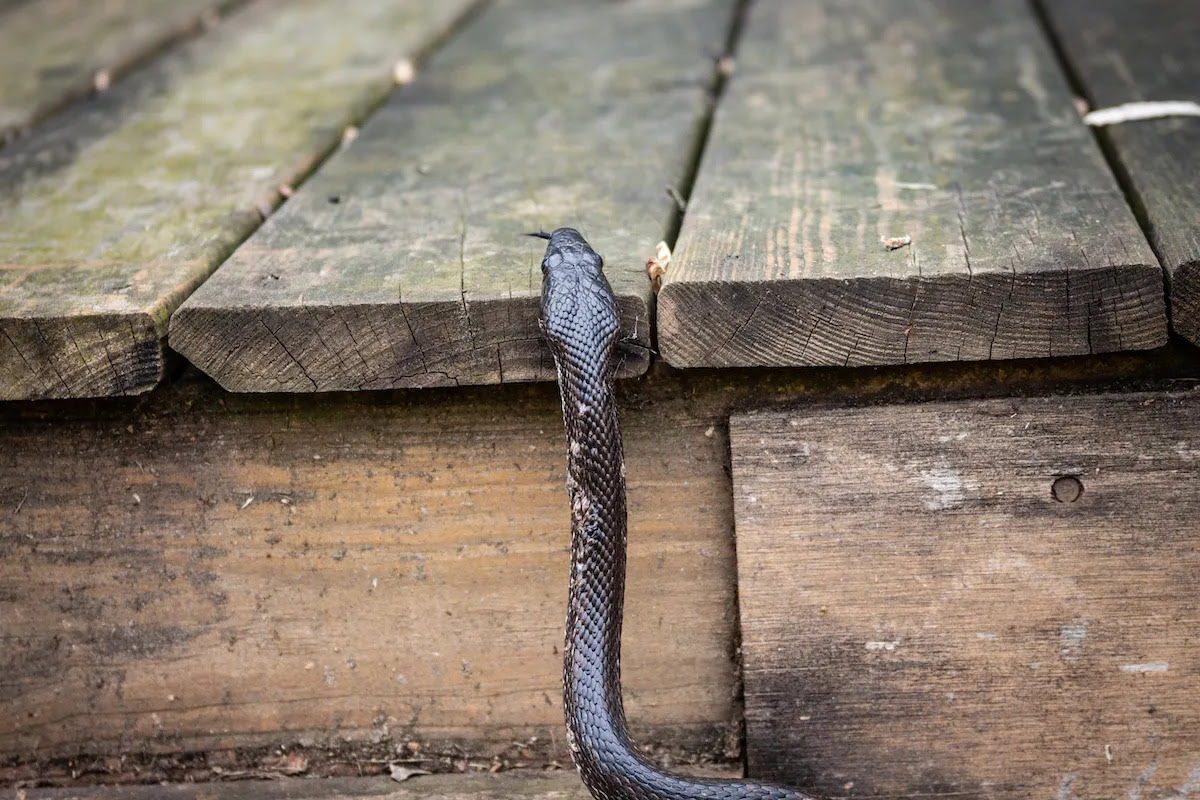
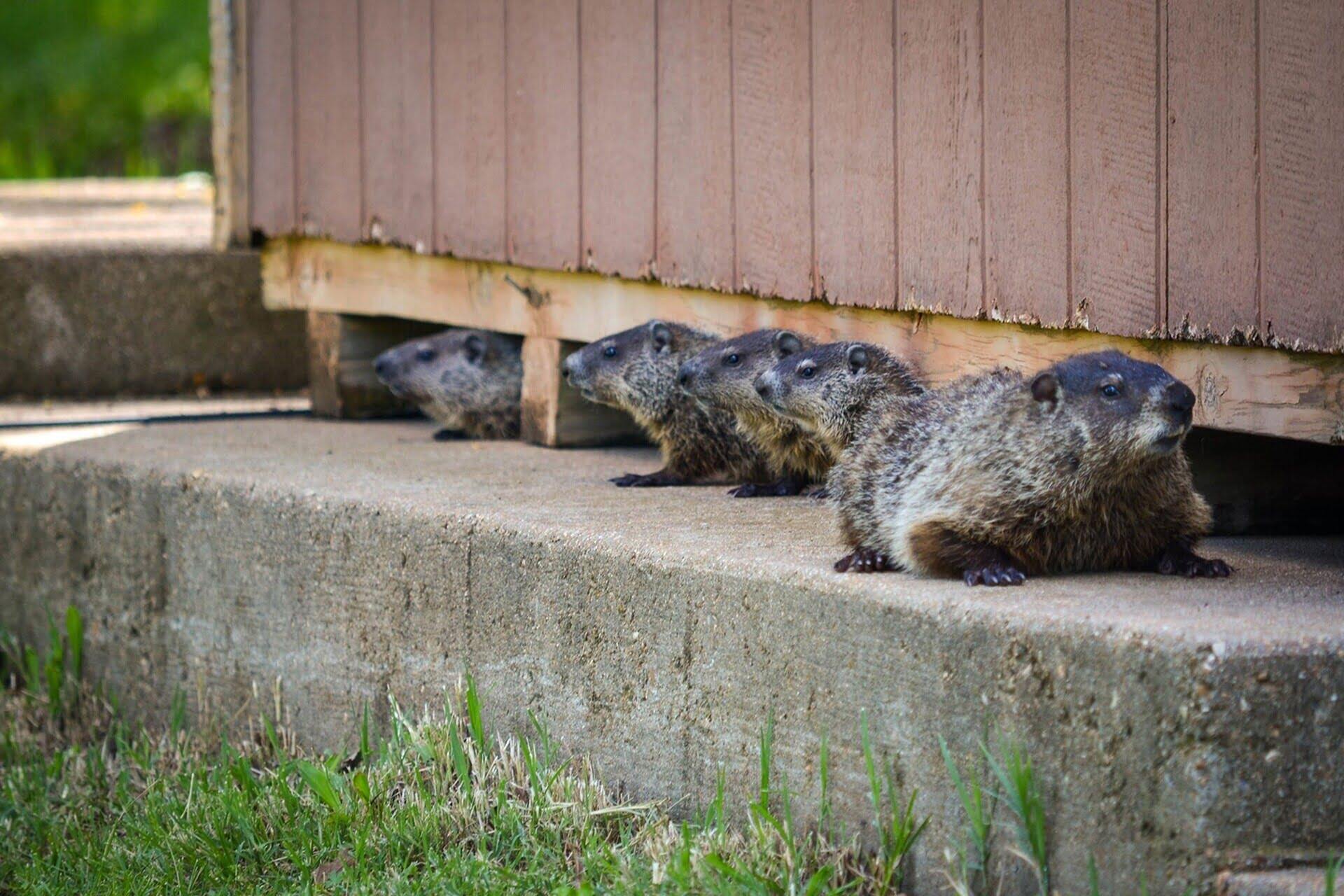

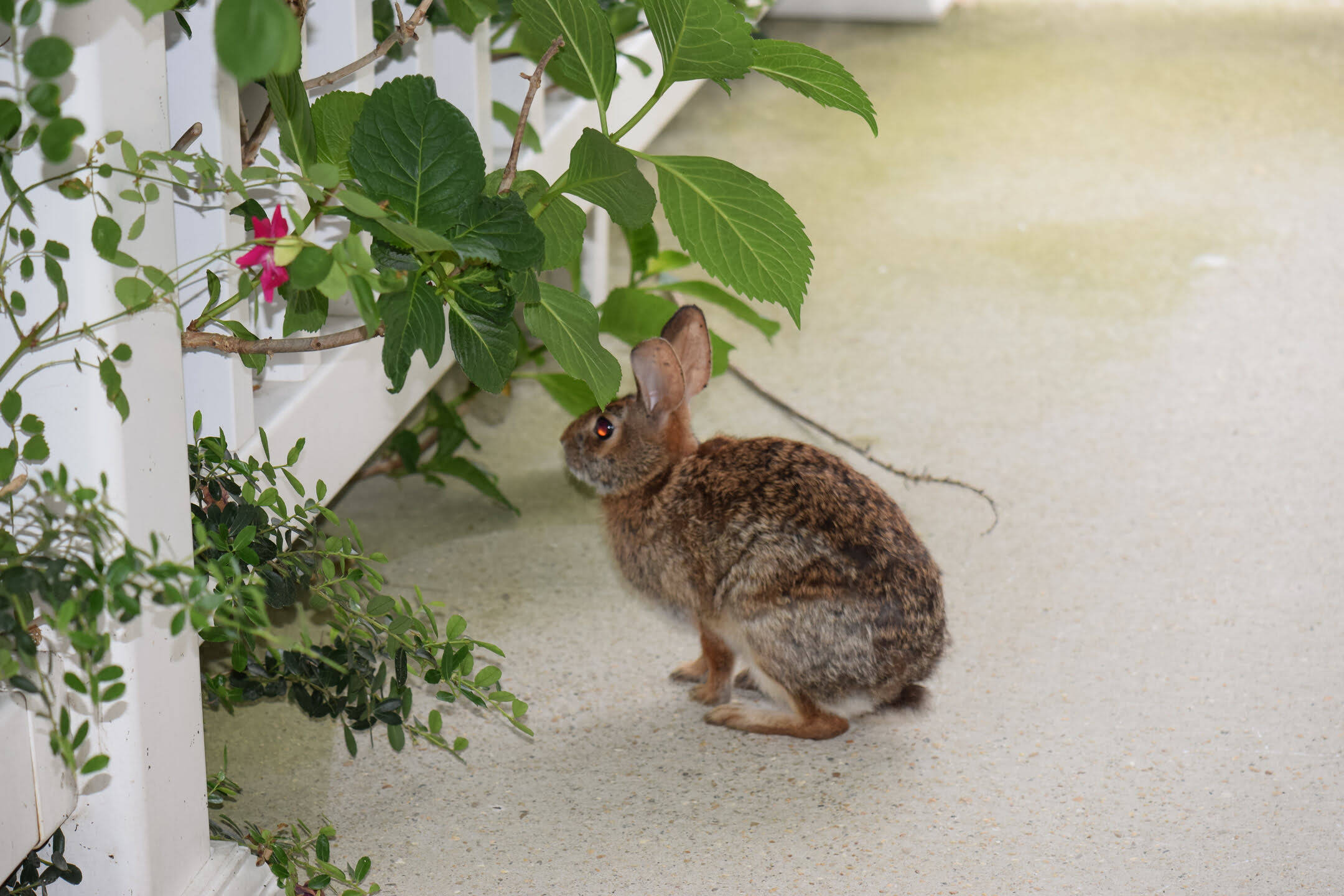

0 thoughts on “How To Get Rid Of Bees On Porch”